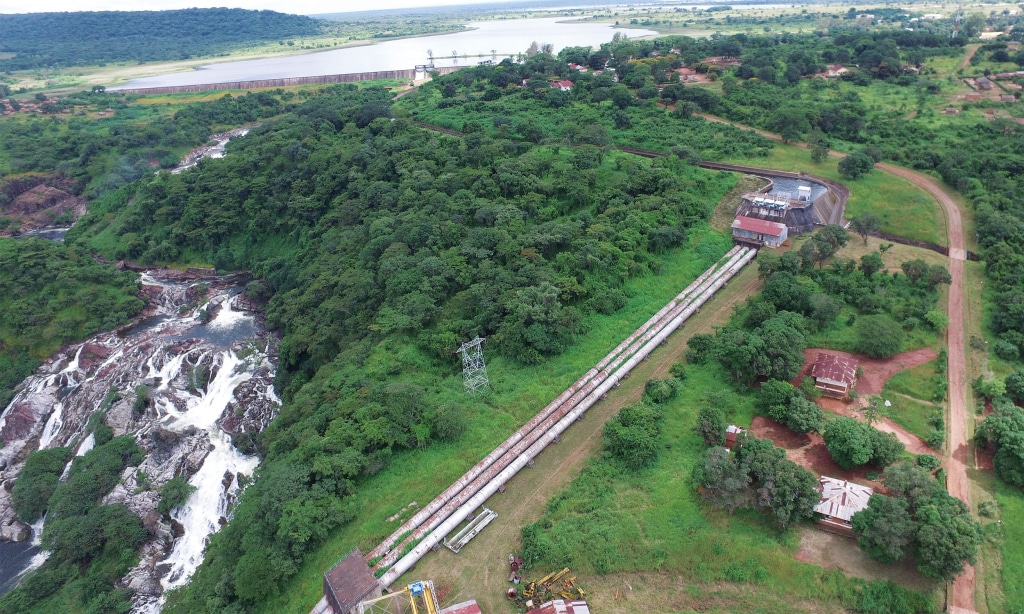All units of the Mwadingusha hydroelectric plant are operational again. The announcement was made by Andritz. The company based in Graz, Austria, won the contract for the rehabilitation of the Mwadingusha hydropower plant in September 2016 as part of a consortium with Cegelec, the subsidiary of the French group Vinci Energies.
The work, which is successfully completed, covered for Andritz the replacement of six turbine units, generators, regulators, inlet valves, exciters, voltage regulators, and suction tube shut-off dampers, rehabilitation and replacement of penstocks, rehabilitation of valves and inlet valves, including dismantling, erection and commissioning.
78 MW capacity
For its part, Cegelec replaced the transformers, as well as the mechanical balance of the plant (BoP). For the record, the BoP includes all the components and auxiliary systems of a power plant, necessary to supply electricity, other than the production unit itself. Built on the Lufira River since 1930, the dam that enables the operation of the Mwadingusha hydropower plant is 8 m high and forms Lake Tshangalele, which covers more than 362 km2.
Read also- DRC: the Inga II hydroelectric plant will power the Kamoa-Kakul copper mine
The rehabilitation work has increased the capacity of the power plant from 12.8 MW to 13.05 MW per unit, giving a capacity of 78.3 MW. “The first unit was commissioned in February 2021 and the last of the six units in November 2021. All test periods have been successfully completed and all units are currently in commercial operation,” says Andritz.
Financing from Ivanhoe Mines
The rehabilitation of the hydropower plant was financed through a partnership between Canadian mining operator Ivanhoe Mines and the DRC’s Société nationale d’électricité (SNEL). Under this agreement, part of the electricity generated by the rehabilitated plant is used to power the Kamoa-Kakula copper mine operated by Kamoa Copper, a joint venture between Canadian mining company Ivanhoe Mines (39.6%), China’s Zijin Mining (39.6%), the DRC government (20%) and Crystal River Global (0.8%). The other part of the electricity produced at Mwadingusha is fed into the DRC’s national electricity grid.
Jean Marie Takouleu
